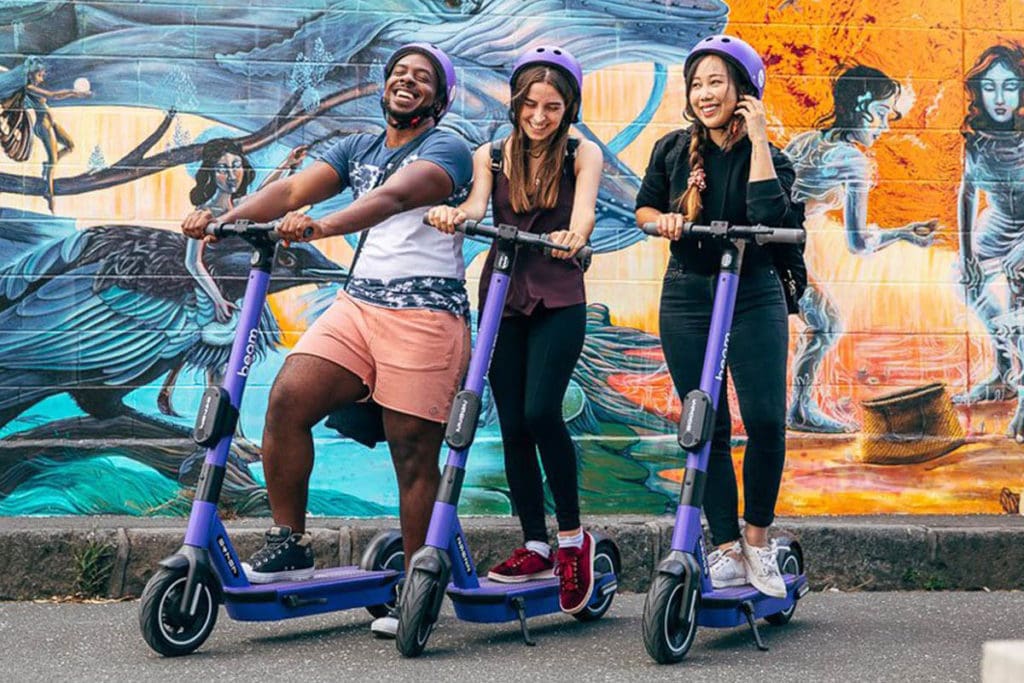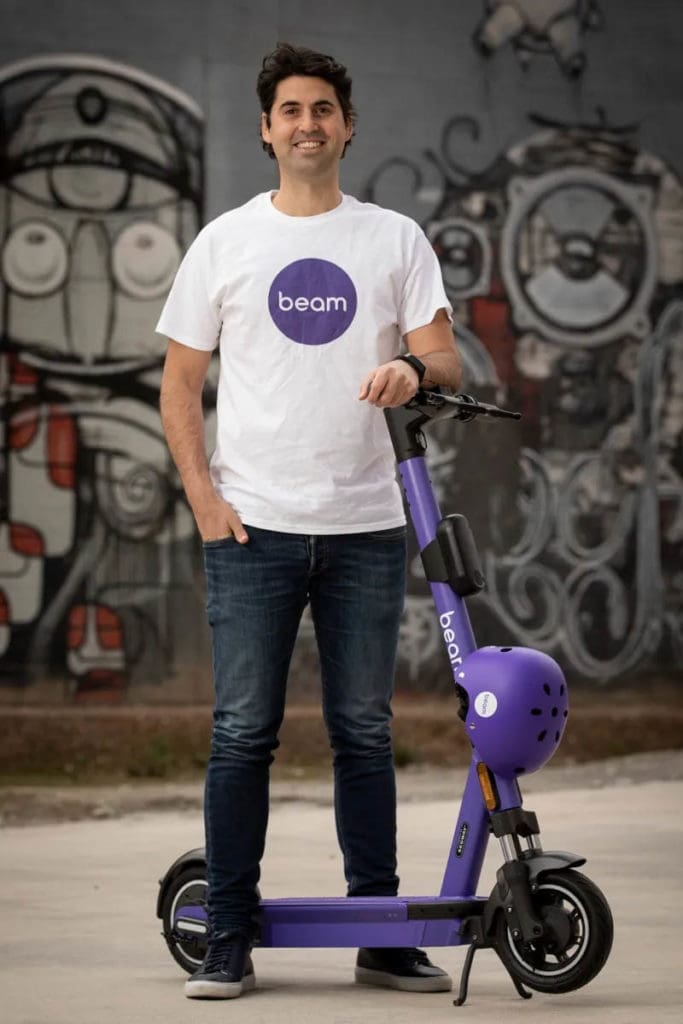Micromobility Conference Revealing Growing Tech Solutions

Sydney, NSW
Industry and community expectations for e-scooter safety is taking the industry beyond GPS technology and onto more advanced systems to control how the vehicles are used, according to a head of Asia Pacific’s largest shared micromobility provider.
The Australia and New Zealand General Manager of Beam, Tom Cooper, says the escalating transition from car dependency towards e-mobility is demanding higher technological capabilities, particularly as e-scooter density increases in cities.
Tom is a key speaker at Australia’s first Micromobility Conference & Expo, being held in Sydney on 25-26 November, and will outline the industry’s proactive efforts to enhance e-scooter safety, enabling fast widespread adoption by governments across the world.
The industry continues to be the subject of close scrutiny by public officials and the media over scooters and public safety. However, Tom says current technology gives providers more control over the e-scooters and their riders than people might think – and it will only increase.
The technology incorporated within shared e-scooter devices as a requirement to operate on city streets surpasses what is expected from the car, including automatic speed limitations, rule enforcement by shared operators and 24/7 GPS tracking.

He said e-scooters are getting smarter, as local governments require more control of city spaces, and the rules for riding e-scooters become more nuanced – including varying speeds required for footpath, bike path and shared path riding.
His presentation at the conference will include the latest technological advances in the micromobility industry, and how they can address the growing demand and reliance on micromobility in Australia.
That includes parking detection to manage how e-scooters are parked in the streets, cognitive-backed drink riding prevention tests, as well as new AI-powered Pedestrian Shield technology that automatically adjusts scooter speeds according to different road surfaces.
While most pavement detection technology relies on positioning like GPS and detailed mapping of every road and pavement in a city, these solutions are not scalable and are unreliable because roads and pavements are often within a metre of one another.
In contrast, Beam’s Pedestrian Shield system uses an on-board camera that instantly detects when scooter users are riding on pavements, without the need for precise mapping and perfect positioning.
Tom draws the comparison with the rising popularity of e-scooters and another vehicle that revolutionised transport a century ago.
He says when cars were introduced to Australian roads more than 100 years ago, they were also condemned as a ‘road menace’.
The Micromobility Conference & Expo 2022 will be held at Sydney’s Royal Randwick Racecourse.
Find out more.
